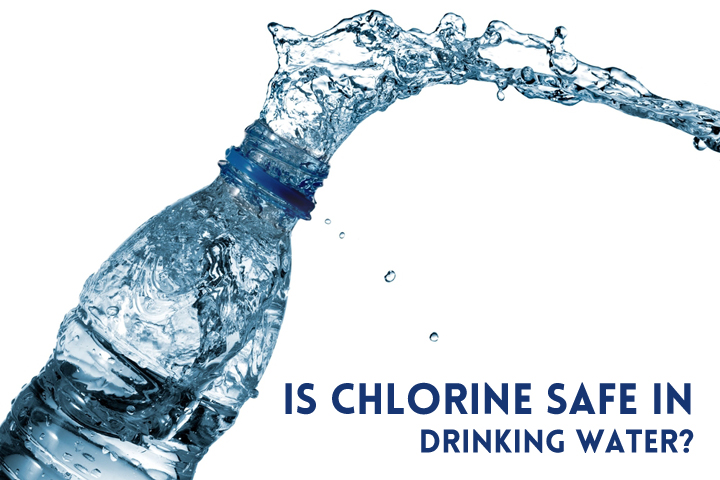CHLORINE
페이지 정보
작성자 최고관리자 작성일21-07-29 13:28 조회7,148회 댓글0건관련링크
본문
WHY REVERSE OSMOSIS DRINKING WATER ?
KNOW ABOUT REVERSE OSMOSIS PRINCIPLES
WHY REVERSE OSMOSIS DRINKING WATER ?
There are many, many water borne contaminants, viruses, bacteria and amoeba that still make it through today's purportedly high-tech water source processing, these include:
CHLORINE:

Used to kill life forms in the water, chlorine is a recognized carcinogen.
We are now entering into a period of increased water shortages. As reservoirs lower, water suppliers add more chlorine. This is because the number of micro-organisms in a reservoir do not decrease as water levels drop. They simply become more concentrated. Dosage will be lifted above recommended maximums due to the necessity of containing disease through micro-organism increases. During our last local drought, I could even smell chlorine gas from outside taps.
Chlorine in drinking water has been linked to increased incidence of bladder and rectal cancers by Harvard University and the Medical College of Wisconsin.
Chlorine is also linked to body protein damage. It causes dry skin and hair, and burns the eyes. If you suffer from asthma, sinus problems, allergies, skin rashes or emphysema chlorine in your water may well exacerbate your condition.
Chlorine kills bugs, but it also reacts with the organic matter in water, creating potentially toxic new substances. One such substance, trihalomethane, is far more carcinogenic than chlorine itself.
The USA EPA labels Mutagen X another chlorine byproduct and seen as the 'single largest contributor' to the ability of municipal water to cause genetic mutations.
REVERSE OSMOSIS:
Reverse Osmosis requires external pressure to reverse natural osmotic flow. As pressure is applied to the saline solution, water flows from a more concentrated saline solution through the semipermeable membrane. (See figure 2)
REVERSE OSMOSIS MEMBRANE ELEMENTS:
A reverse osmosis membrane has a thin microporous surface that rejects impurities, but allows water to pass through.
The membrane rejects bacteria, pyrogens, and 85%-995% of inorganic solids. Polyvalent ions are rejected easier than monovalent ions. Organic solids with molecular weight greater than 300 are rejected by the membrane, but dissolved gases pass through.
Reverse osmosis is a percent rejection technology. The purity of the product water depends on the purity of the inlet water. The purity of reverse osmosis product water is much higher than the purity of the feed water. (See figure 3)
MAIN TYPES OF REVERSE OSMOSIS SYSTEMS:
- - Reverse Osmosis for Home and Office use
- - Reverse Osmosis for Commercial Applications
- - Reverse Osmosis for Industrial Applications
- - Reverse Osmosis for Seawater Desalination (Portable Based)
- - Reverse Osmosis for Seawater Desalination (Marine Based)
- - Reverse Osmosis for Seawater Desalination (Land Based)
댓글목록
등록된 댓글이 없습니다.


